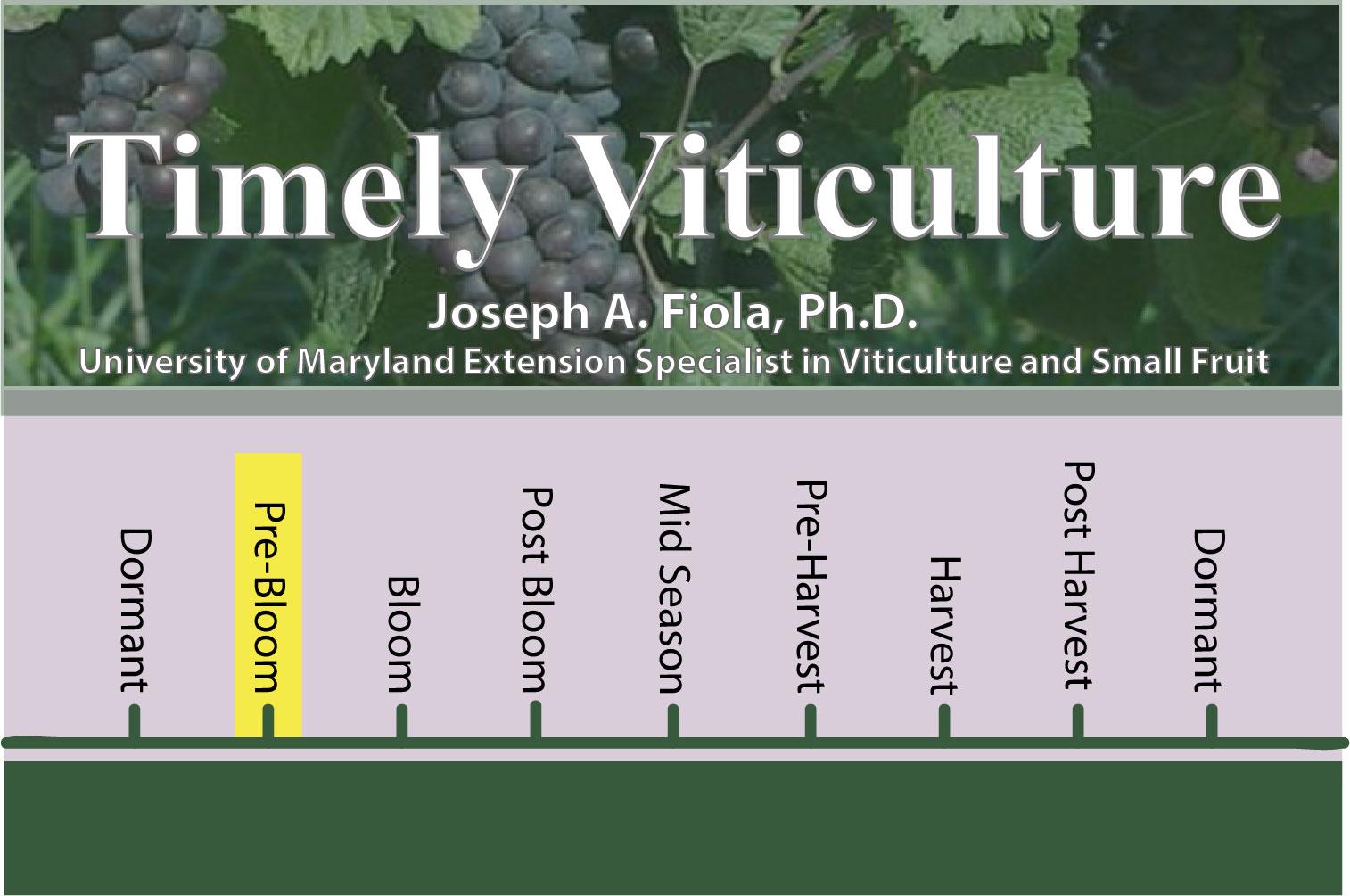This general term applies to the larvae (caterpillars) of a large number of butterfly/moth species (Lepidoptera) in the noctuid family that feed on buds, young shoots, and leaves. Cutworm damage most commonly occurs in vineyards with weeds under the trellis or mulch, and in sandy or light-colored soils.
Identification
- Adult caterpillars are nocturnal and difficult to see during the day, so you typically will not see the organism itself but you will see the damage.
- Adults are dark brown or grayish colored medium-sized moths with an obvious body and a wingspan of 30-40mm, 1 3/16”- 1 ½”.
- Caterpillars are large and smooth (only a few hairs) reaching 30-40mm, 1 3/16”- 1 ½” and vary in color. Most species have a brown or blackhead capsule and a dull gray-brown body with markings.
Damage
- Damage is typically worse with cool spring weather as bud swell and development occur for an extended period giving the larvae more opportunity to feed.
- Bud feeding is the most damaging and can result in the loss of primary and in some cases secondary and tertiary buds. Caterpillars will also feed on young shoots and leaves.
- Cutworm damage may be confused with grape flea beetle (see TimelyVit on Grape Flea Beetle), but cutworm bud feeding tends to appear more ragged.
Monitoring
- Vineyards with a history of cutworm damage should be scouted frequently by examining buds at bud swell for signs of feeding in the early season until 50-75 mm, 2-3” of shoot growth has occurred.
- Caterpillars can be found under the bark and in the soil litter beneath a vine with damaged buds during the day or can be found feeding with a flashlight after dark.
- Once they have become active in the spring they can cause serious bud damage in a short time.
- Targeting areas where damage has been observed in previous years is recommended for early detection.
- Sandy or light-colored soil is associated with cutworm damage and vineyards on these soils should be prioritized for scouting.
Management and Thresholds
- In most Maryland vineyards it is not a pest that requires treatment as some shoot thinning is not typically a problem.
- Timing of spray treatments is very important since cutworm larvae.
- Threshold – Economic thresholds have not been established - If bud damage is significant you may want to apply one or more insecticide treatments, depending on the typical shoot density of your vineyard.
For additional information:
- Climbing Cutworms
Cornell University Library, eCommons
- Climbing Cutworms
Mid-Atlantic Regional Fruit Loop
Print-Friendly Version
Timely Viticulture is designed to give those in the Maryland grape industry a timely reminder on procedures or topics they should be considering in the vineyard.
